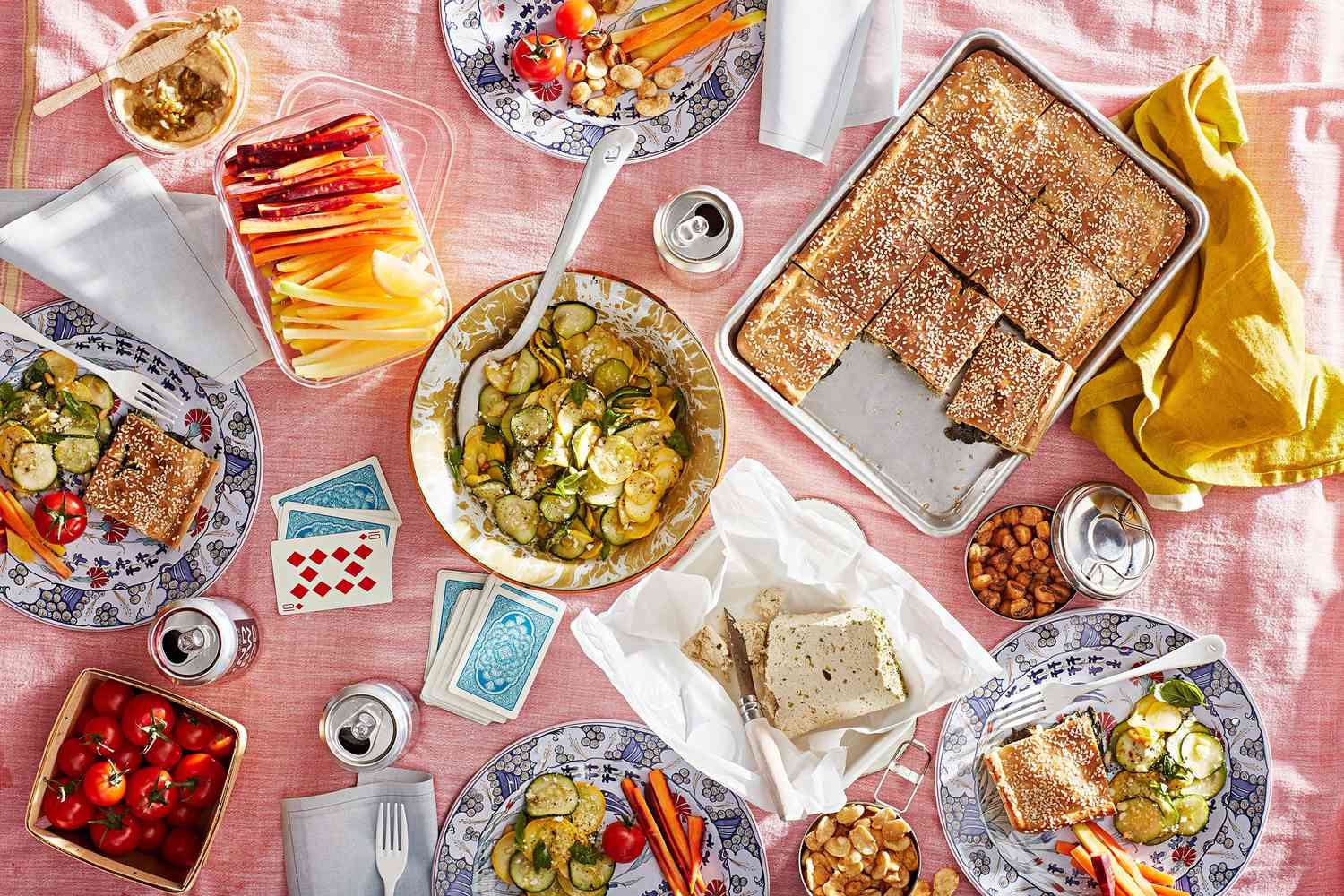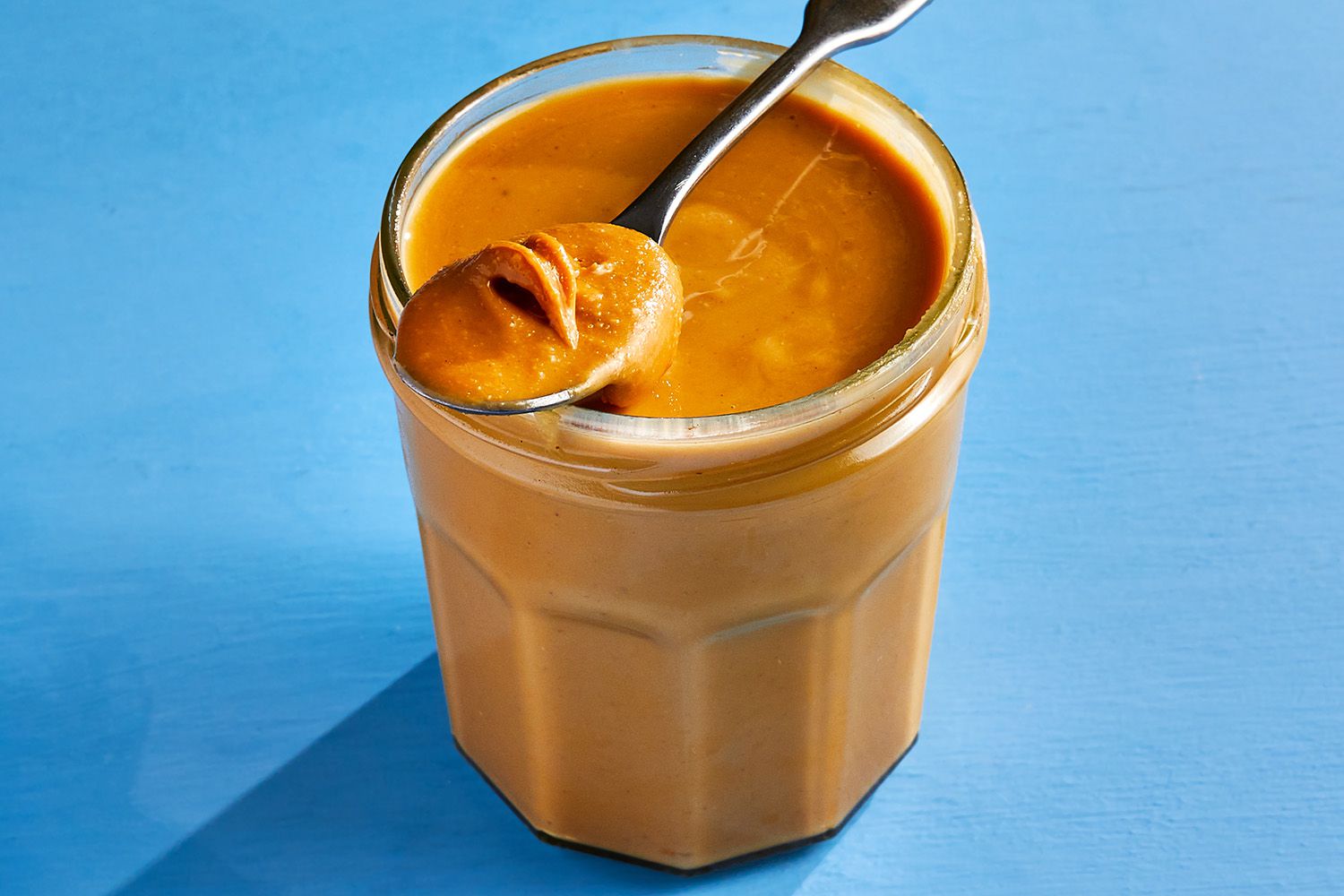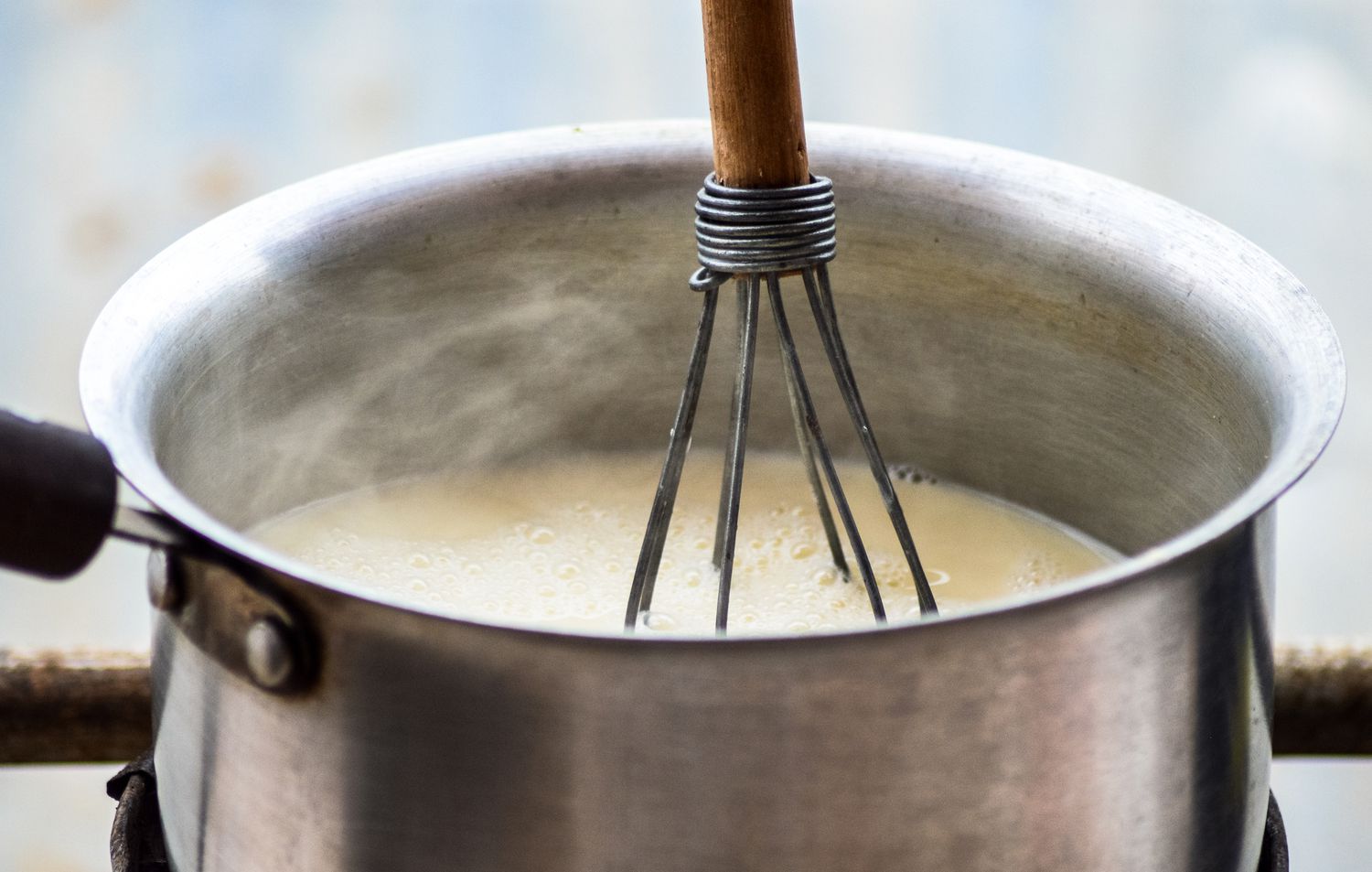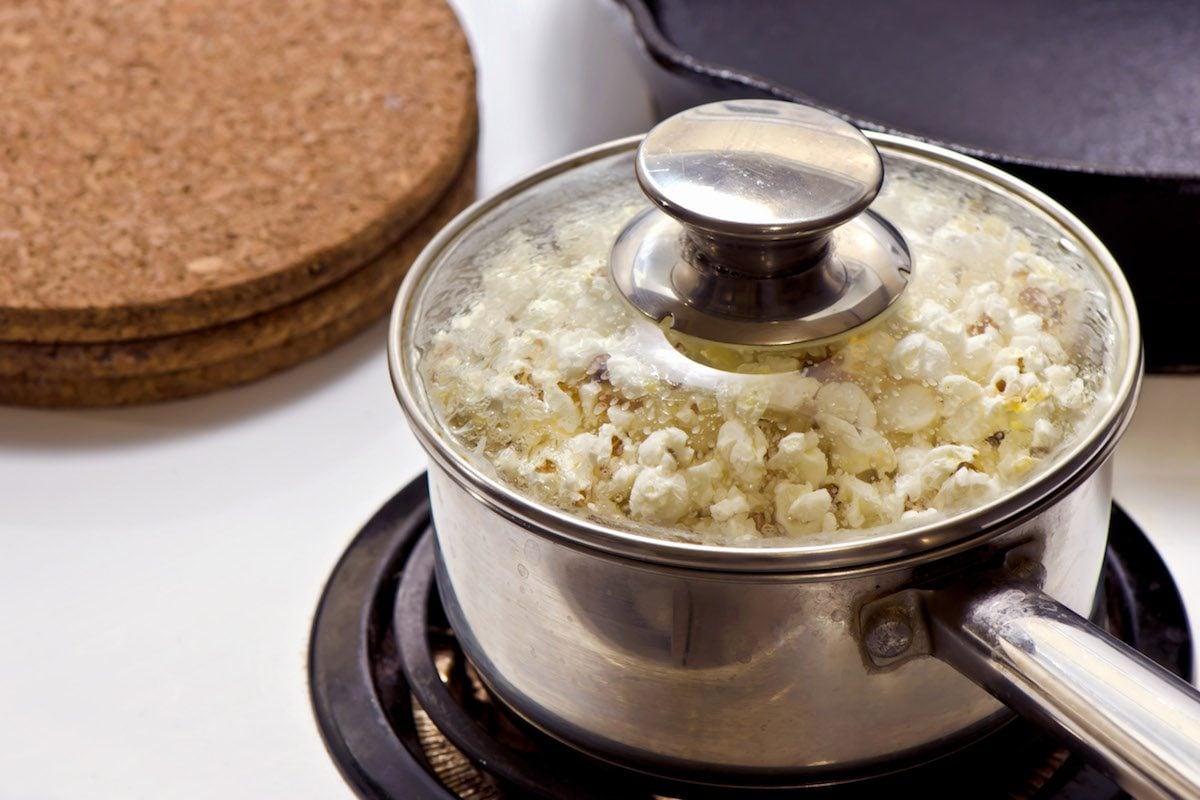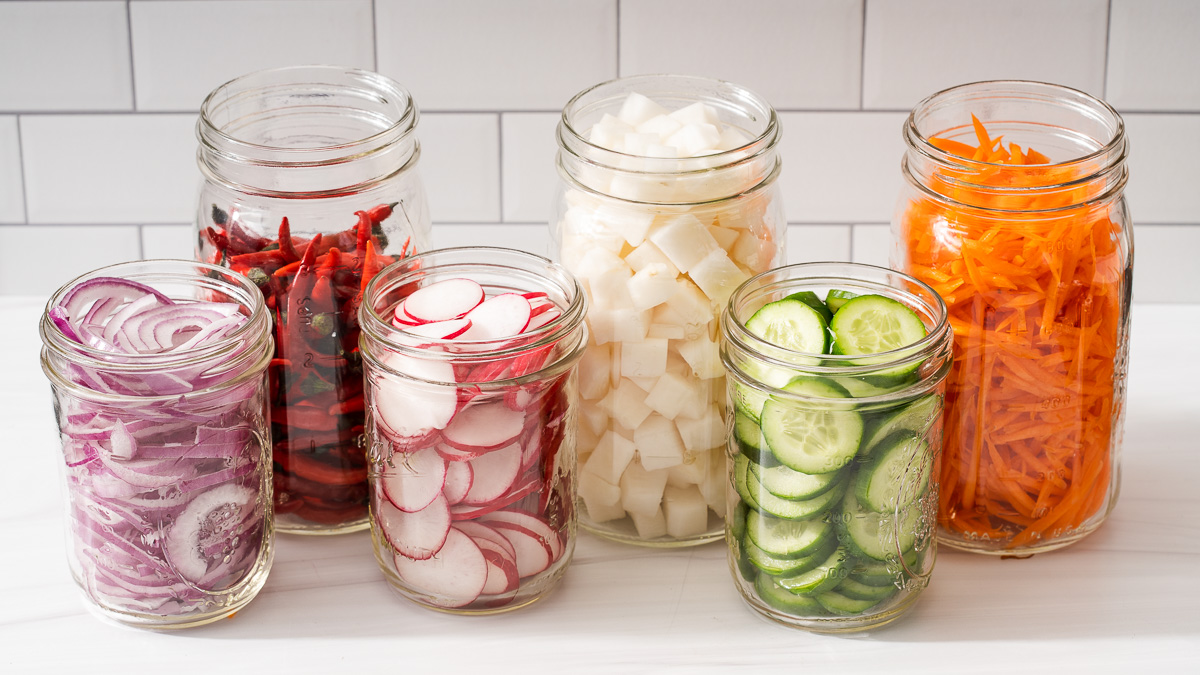How to Pack and Ship Cookies the Right Way
There’s nothing quite as delightful as receiving a package filled with freshly baked cookies. Whether you’re sending treats to a loved one or running a cookie business, ensuring that your cookies arrive in perfect condition is essential. Follow these expert tips to pack and ship cookies the right way:
1. Choose the Right Packaging Materials
Invest in high-quality food packaging supplies to protect cookies during transit:
- Sturdy cardboard boxes
- Bubble wrap or packing peanuts
- Parchment paper or food-safe tissue paper
- Sealable plastic bags or airtight containers
- Fragile stickers (optional)
Using durable food packaging supplies reduces the risk of cookies breaking or becoming stale.
2. Bake Sturdy Cookies:
Choose cookie varieties that travel well, like chocolate chip, oatmeal, or shortbread. Delicate cookies may crumble easily, so aim for sturdier recipes. Slight underbaking also helps retain moisture.
3. Allow Cookies to Cool Completely
Only pack cookies that have cooled entirely to prevent condensation, which can lead to sogginess and spoilage. Patience here ensures quality during transit.
4. Layer and Separate
When packing, layer cookies with parchment or food-safe tissue paper from your food packaging supplies to prevent them from sticking together. Separate each layer to avoid breakage.
5. Seal and Secure
Seal cookies tightly in food-safe bags or containers, pressing out excess air. Proper sealing keeps cookies fresh and prevents them from moving around.
6. Cushion and Protect
Line the shipping box with cushioning from your food packaging supplies, like bubble wrap or packing peanuts. Place the sealed cookie packages inside with ample padding around them to reduce movement.
7. Label and Mark as Fragile
If your cookies are delicate, use “Fragile” labels on the box. This lets postal workers know to handle the package with care.
8. Choose the Right Shipping Method
Consider weather conditions and destination when selecting a shipping method. Use expedited shipping options in warmer months to prevent melting and spoilage.
9. Timing is Everything:
Send cookies early in the week to avoid weekend delays and ensure prompt arrival, maintaining freshness and quality.
Shipping cookies is an art, and with a little practice and these expert tips, you’ll become a pro. Happy shipping and may your cookies bring joy to the recipients!
For anyone looking to master the art of packing and shipping cookies, the recipes for Classic Chocolate Chip Cookies Recipe, Oatmeal Raisin Cookies Recipe, and Shortbread Cookies Recipe are a great starting point. These cookies are not only delicious but also sturdy enough to withstand the journey. For something a bit more unique, the Matcha Green Tea Cookies Recipe offers a delightful twist, while the Almond Biscotti Recipe provides a crunchy texture that holds up well during shipping. Each of these recipes complements the packing techniques discussed, ensuring your cookies arrive fresh and intact.
Was this page helpful?
Abby Marcelino
Abby is a writer, editor, and a fan of ASMR mukbang and cooking videos. Her family has been in the food industry for years and she has been working for their business as a part-time quality assurance officer and content creator. She is addicted to all things dairy and carbs, most especially cheese and bread.

